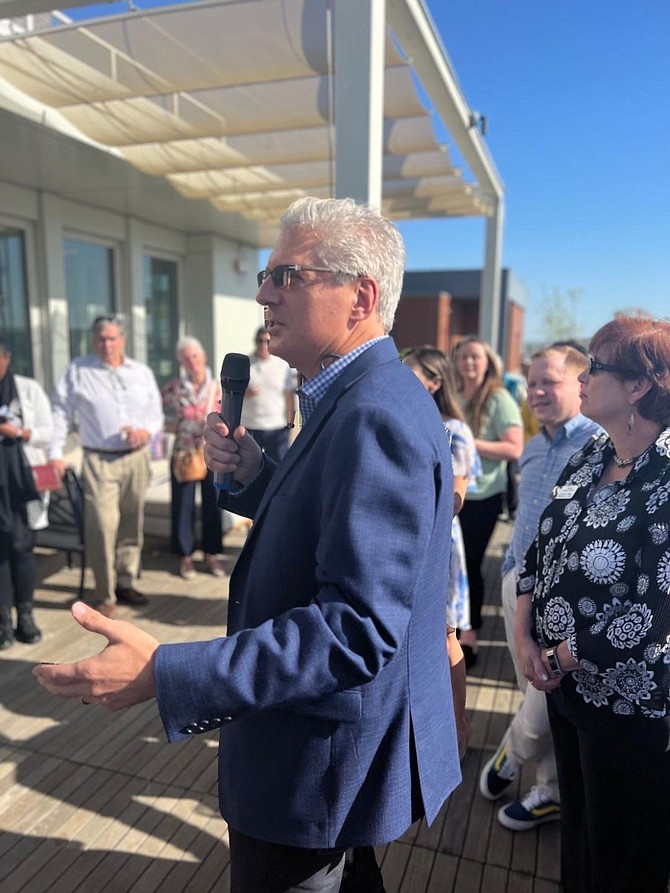Steve Gurney, Founder/Director of Positive Aging Community, talks with the Northern Virginia Senior Resource Network about trends and resources for older adults.
When we talk about aging, a question that comes up quickly is, “Will I have to move from my home?” I suggest we re-phrase our questions to ask not whether we need to move but rather, “How long can I stay in my home? … What do I have to do to stay comfortably in my home?”
“Somewhere between 70 and 90 percent of Americans say they want to stay put as they grow older,” says Steve Gurney, founder of The Positive Aging Community. “They want to age in place right where they are.”
If we or our loved ones are in good to fair health, staying in our homes longer or even forever is possible. But the time to prepare is now.
Simple but important tasks that we might need help with can be planned for now, to help us extend our stays in our own homes and can make that stay in our home more comfortable, predictable — and affordable.
“Somewhere between 70 and 90 percent of Americans say they want to stay put as they grow older.”
— Steve Gurney, Positive Aging Community founder
At any point in time any of us might find ourselves in a situation where we need help with transportation, meal support or grocery shopping. Who will take care of the lawn, make sure the car gets washed, do minor home repairs, or fix those all-important computers or phones when they act up? Suppose your faucet or commode has a slow drip or a light switch just stops working? The cost of these fixes can add up if a professional must be called each time.
However, what we can do instead is create our own network or participate in building a village of people who can mutually help each other.
“To begin, write down a list of your contacts,” says Gurney. “Think of what roles these people can play.”
Identify your weaknesses and strengthen those relationships that can help you in those areas. And perhaps make a list or mental note of ways you can help others.
“Once you have a friend, family, or faith-based support network, then all you have to do is supplement that with or plug in paid providers — as necessary,” Gurney adds. “The secret to affordability is cultivating relationships and having conversations now so that if something happens, you will have some support that you do not have to write a check for. When you find holes in your support network, that is where you can plug in the paid providers.”
This type of planning is growing among a group of older adults referred to as solo agers. The solo aging classification is broader than what you might think. It does comprise single people, widows and widowers, but it also includes couples, some with children, who are smart enough to know they too, need to plan ahead.
So, regardless of your family status, expanding your social network and building your village could be beneficial both socially and practically. You can read more about solo aging and building your own networks at these links: Aging Alone: How to Build a Community to Rely On (aarp.org), and Understanding Solo Aging - Senior Living Member Article By Positive Aging Community (retirementlivingsourcebook.com).
